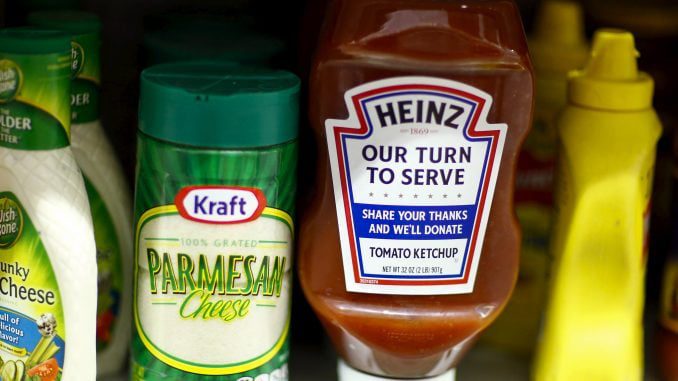
CHAPEL HILL — Packaged foods and store-bought drinks are blamed for adding a lot of salt to U.S. diets, but a new study suggests those foods and beverages don’t contain as much sodium as they once did.
The amount of salt brought into U.S. households through packaged food and store-bought beverages fell by about 18 percent from 2000 through 2014, researchers found.
“Households are getting less sodium from the grocery store, but I think it’s important to know sodium in packaged foods is still way too high,” said lead author Jennifer Poti of the Department of Nutrition at the UNC Chapel Hill. “So we have a long way to go.”
Experts and dietary guidelines have urged people in the U.S. to cut back on sodium. The current recommendation is to consume less than 2,300 milligrams per day, or the amount in about one teaspoon of salt.
Too much sodium increases blood pressure by drawing water from the body into the blood vessels, according to the American Heart Association. High blood pressure can damage the blood vessels and lead to serious problems like heart attacks and strokes.
For the new study, published in JAMA Internal Medicine, the researchers analyzed data on packaged food purchased from 2000 through 2014 by 30,000 to 60,000 U.S. households each year. Overall, they had data on about 1.5 million products.
Over the study period, sodium from packaged foods and beverages fell from 2,363 milligrams per day per person to 1,967 milligrams per day.
When they examined the nutritional content of the purchased foods, the researchers found that the salt content in the products had fallen about 12 percent over the study period.
In seven of the 10 biggest sources of salt among packaged foods and beverages, sodium content declined at least 10 percent. Those included items like condiments, sauces and dips.
The new study can’t say why the amount of salt from packaged foods and beverages declined. Poti said people didn’t seem to drastically change their purchases during the study.
“Potentially some of these changes are due to the removal of sodium from products by manufacturers,” she told Reuters Health.Despite the progress in reducing sodium, less than 2 percent of households were buying foods and beverages considered to contain an acceptable amount of salt, the study found.



